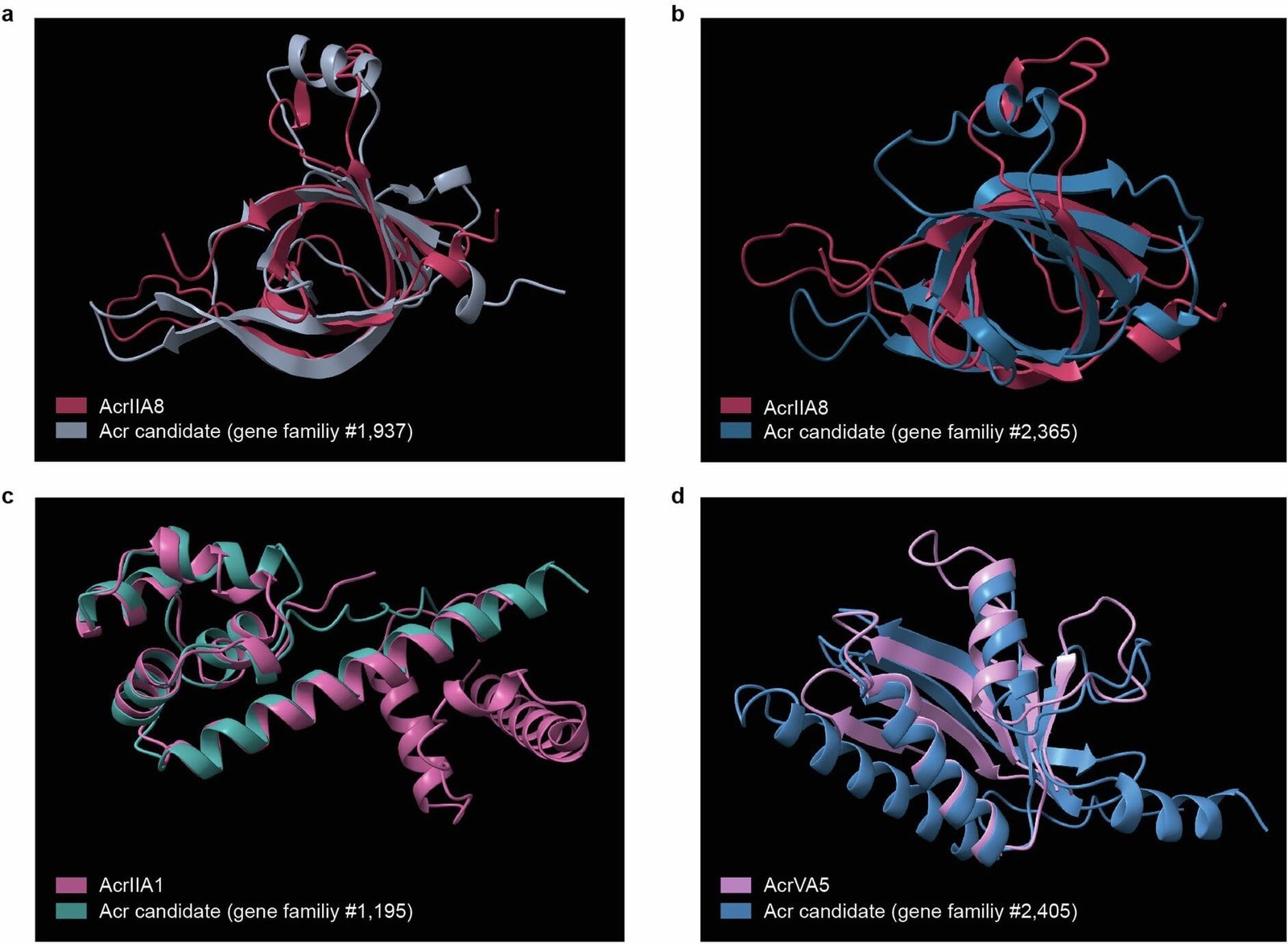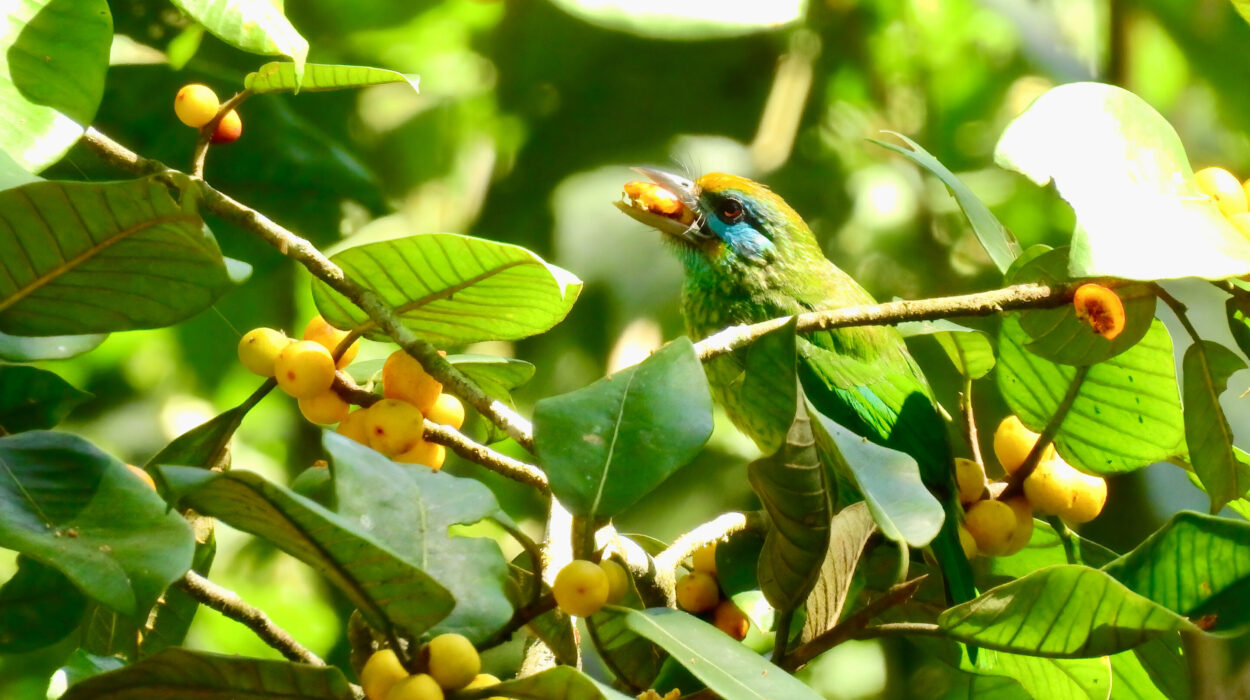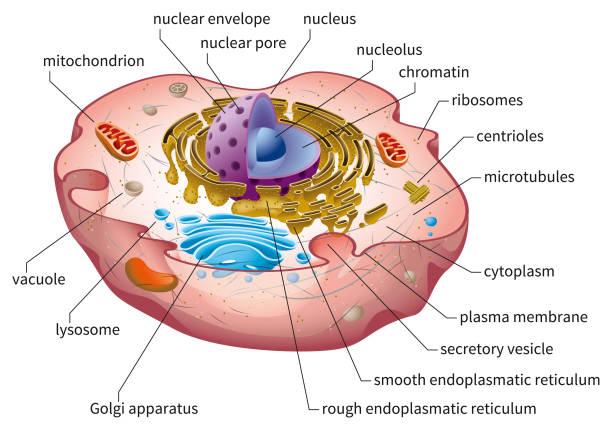A groundbreaking study conducted at Tel Aviv University has provided crucial insights into how bacterial defense mechanisms can be neutralized, potentially transforming the ways we tackle antibiotic resistance and enhance genetic manipulation techniques. The research, led by Ph.D. student Bruria Samuel in the lab of Prof. David Burstein at the Shmunis School of Biomedicine and Cancer Research, uncovers novel aspects of bacterial DNA transfer processes that could lead to significant advances in medical, industrial, and environmental fields.
Genetic diversity is crucial for the survival and adaptation of living organisms. For many species, including humans, sexual reproduction plays a primary role in generating this diversity, ensuring that populations can respond to environmental challenges and evolve over time. However, bacteria and other microorganisms lack sexual reproduction, and instead rely on alternative mechanisms to maintain genetic diversity. This includes the direct transfer of genetic material between individual bacteria—a process that has profound implications for bacterial survival, evolution, and, unfortunately, the spread of antibiotic resistance.
In recent decades, the rise of antibiotic resistance has become one of the most pressing global health crises, as bacteria evolve mechanisms to resist the drugs designed to kill them. The rapid spread of antibiotic-resistant bacteria poses a significant threat to public health, making the understanding of how these bacteria acquire resistance genes crucial in the fight against drug-resistant infections. It is well-known that bacteria can transfer genetic material, including antibiotic-resistance genes, through horizontal gene transfer, a process in which DNA is exchanged between bacteria. However, one key question that has remained relatively unexplored is how bacteria can so effectively exchange genetic material despite the presence of sophisticated defense mechanisms that are designed to destroy foreign DNA.
The study led by Samuel and her colleagues delves into a process called conjugation, one of the main methods through which bacteria exchange genetic material. Conjugation involves the transfer of DNA between two bacterial cells via direct physical contact. The donor bacterium forms a specialized tube, known as a pilus, that allows for the transfer of plasmids—small, circular DNA molecules that can carry a variety of genes, including those responsible for antibiotic resistance.
Plasmids play a critical role in bacterial adaptation and survival. They are mobile genetic elements that can move from one bacterial cell to another, enabling the rapid spread of beneficial traits, such as antibiotic resistance. Unlike viruses, plasmids do not need to kill the host bacterium in order to replicate and spread. As plasmids move between bacteria, they often confer new genetic capabilities to the recipient cells. In many cases, these genetic capabilities include resistance to antibiotics, allowing bacteria to survive in environments where they would otherwise be killed by these drugs.
However, bacteria are not passive recipients of foreign genetic material. They have evolved numerous defense mechanisms to protect themselves from foreign DNA. These include systems such as CRISPR (Clustered Regularly Interspaced Short Palindromic Repeats), a bacterial immune system that can recognize and destroy invading DNA. The question that the Tel Aviv University researchers sought to answer was how plasmids manage to overcome these defense mechanisms during conjugation.
Samuel’s research began with a computational analysis of over 33,000 plasmids, which are known to play a central role in gene transfer between bacteria. She focused on identifying genes associated with “anti-defense” systems—genes that help plasmids evade bacterial defense mechanisms. What she discovered was remarkable: these anti-defense genes were consistently located near the point on the plasmid where DNA transfer occurs. Specifically, one strand of the plasmid DNA is cut at a precise location, and the free strand is transferred to the recipient bacterium through the conjugation tube. The anti-defense genes were strategically positioned to be among the first to enter the recipient cell, enabling them to neutralize the bacterial defense systems almost immediately upon transfer.
This discovery was a significant breakthrough, as it revealed a mechanism by which plasmids could ensure their successful transfer despite the presence of bacterial defense systems. The positioning of anti-defense genes is essential for plasmid survival, as it allows them to overcome the recipient bacterium’s defense systems and establish themselves in the new host.
Samuel’s findings were initially met with skepticism, as no one had previously identified the specific role of anti-defense genes in overcoming bacterial defense systems during conjugation. However, her computational analysis suggested a clear connection between the positioning of these genes and the successful transfer of plasmids. To validate her findings, the research team conducted laboratory experiments in which they used plasmids that confer antibiotic resistance and introduced them into bacteria equipped with the CRISPR defense system. The CRISPR system is known for its ability to target and destroy foreign DNA, including plasmid DNA. By testing the conditions under which the plasmids could successfully evade the CRISPR system, the researchers were able to confirm that the anti-defense genes’ positioning played a crucial role in overcoming bacterial defenses.
The experimental results were striking. When the anti-defense genes were located near the DNA entry point on the plasmid, the plasmid was able to successfully overcome the CRISPR defense system, and the recipient bacteria became resistant to antibiotics. However, when the anti-defense genes were positioned elsewhere on the plasmid, the CRISPR system effectively destroyed the plasmid, preventing the transfer of antibiotic resistance and killing the bacteria.
The implications of this discovery are far-reaching. By understanding how plasmids overcome bacterial defense systems, researchers can now focus on identifying new anti-defense genes that could be used to enhance plasmid-based genetic manipulation methods. Plasmids are widely used in laboratory research to transfer genes between bacteria, and this study could help improve the efficiency of plasmid-based gene transfer in industrial and medical applications.
One area where this research could have significant impact is in the development of new strategies to combat antibiotic resistance. By understanding how plasmids contribute to the spread of resistance genes, researchers could develop methods to block the transfer of these genes between bacteria. This could help prevent the spread of antibiotic resistance in hospital environments and other settings where bacterial infections are a major concern.
Furthermore, the ability to manipulate plasmids more efficiently could have broad applications in biotechnology. Plasmids are already used in various industrial processes, such as the production of insulin, vaccines, and other biopharmaceuticals. The discovery of how to enhance plasmid transfer could improve the efficiency of these processes, making them more cost-effective and scalable. Additionally, it could lead to new applications in environmental and agricultural biotechnology. For example, plasmids could be used to introduce beneficial traits into natural bacterial populations, such as the ability to break down pollutants or fix carbon dioxide, contributing to efforts to combat climate change.
Dr. Ronen Kreizman, CEO of Ramot, Tel Aviv University’s technology transfer company, emphasized the potential impact of the research. He described the study as a “fascinating scientific discovery” with broad applications in medicine, agriculture, and environmental science. He also noted that the ability to control and fine-tune genetic material transfer between bacteria could become a powerful tool for addressing some of the world’s most pressing challenges.
Reference: Bruria Samuel et al, Diverse anti-defence systems are encoded in the leading region of plasmids, Nature (2024). DOI: 10.1038/s41586-024-07994-w






